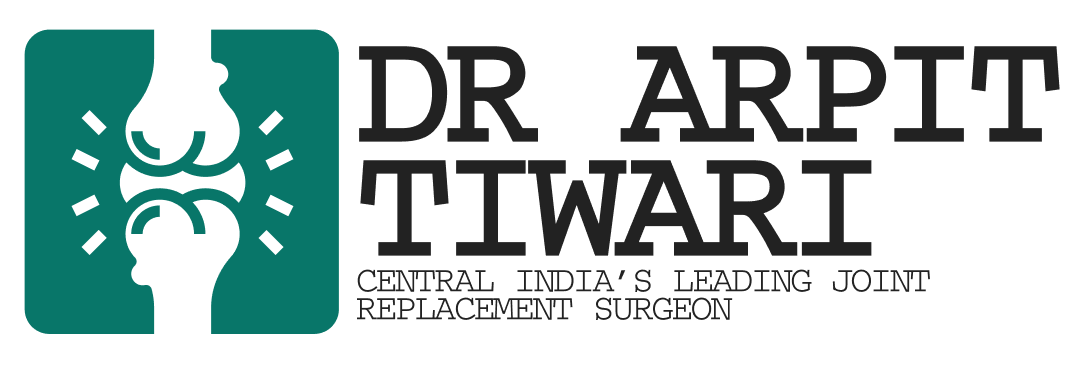
It’ll go away on its own.
It’s just a little stiffness.
It only hurts in the morning.
These are some of the most common things people say when they first feel joint pain — especially in the knees, hips, or lower back. But here’s the truth: joint pain is your body’s way of telling you that something isn’t right. Ignoring it today could mean facing limited mobility, chronic inflammation, or even joint damage tomorrow.
Let’s break down why early attention is key — and how you can prevent a minor issue from becoming a major problem.
1. Joint Pain Is Not Always Age-Related
Many people assume that joint pain only comes with age or “wear and tear.” While that’s partly true, joint issues can also arise from:
* Poor posture or ergonomics
* Untreated injuries
* Autoimmune conditions like rheumatoid arthritis
* Obesity or a sedentary lifestyle
If you’re under 40 and dealing with recurring pain, it’s worth getting checked out — it’s not “too early” to take your joints seriously.
2. Minor Pain Can Hide Bigger Damage
What starts as a little soreness or swelling could be the first sign of:
* Cartilage wear
* Ligament strain
* Early arthritis
* Fluid build-up or bone spurs
Delaying diagnosis may cause the joint to weaken further, reduce your range of motion, and make the eventual treatment more complicated.
Example:
One patient in his mid-30s ignored a mild knee ache for months, thinking it was just from gym workouts. When he finally visited Dr. Arpit Tiwari, he was diagnosed with early-stage cartilage degeneration — something that could’ve been managed non-surgically had it been caught earlier.
3. Inflammation Doesn’t Go Away on Its Own
If your joint looks puffy or feels warm, you may be dealing with chronic inflammation. This doesn’t just affect the joint — it can also impact surrounding tissues, nerves, and muscles. Over time, this can limit movement and lead to stiffness, even when you’re resting.
Simple therapies like physiotherapy, medication, and minor lifestyle adjustments can bring significant relief — but only if you seek care early.
4. Delayed Treatment = Complicated Recovery
The longer you wait, the more likely you’ll need complex procedures to fix the damage. In some cases, surgery becomes the only option — including arthroscopy or joint replacement.
But when treated in time, many joint conditions respond well to:
* Rest and bracing
* Anti-inflammatory medications
* Physical therapy
* Regenerative treatments
* Arthroscopy (minimally invasive scope procedures)
Joint replacement surgery, like the ones performed by Dr. Arpit Tiwari using the M3R technique, is considered when all other options have been exhausted — and when it’s the best way to return to a pain-free life.
Your joints are meant to last a lifetime — but only if you listen when they speak. Ignoring joint pain won’t make it go away, but acting early can help you avoid long-term complications, lengthy recoveries, and loss of mobility.
Don’t Wait for Pain to Get Worse.
Book a consultation with Dr. Arpit Tiwari today and take the first step toward healthy, pain-free movement.
Social Sharing:


